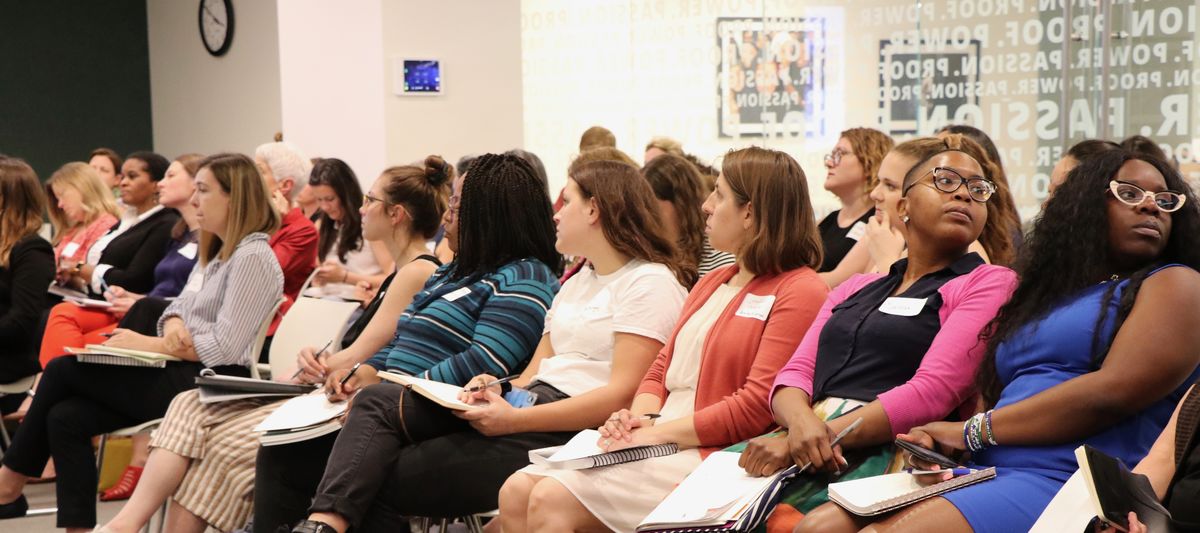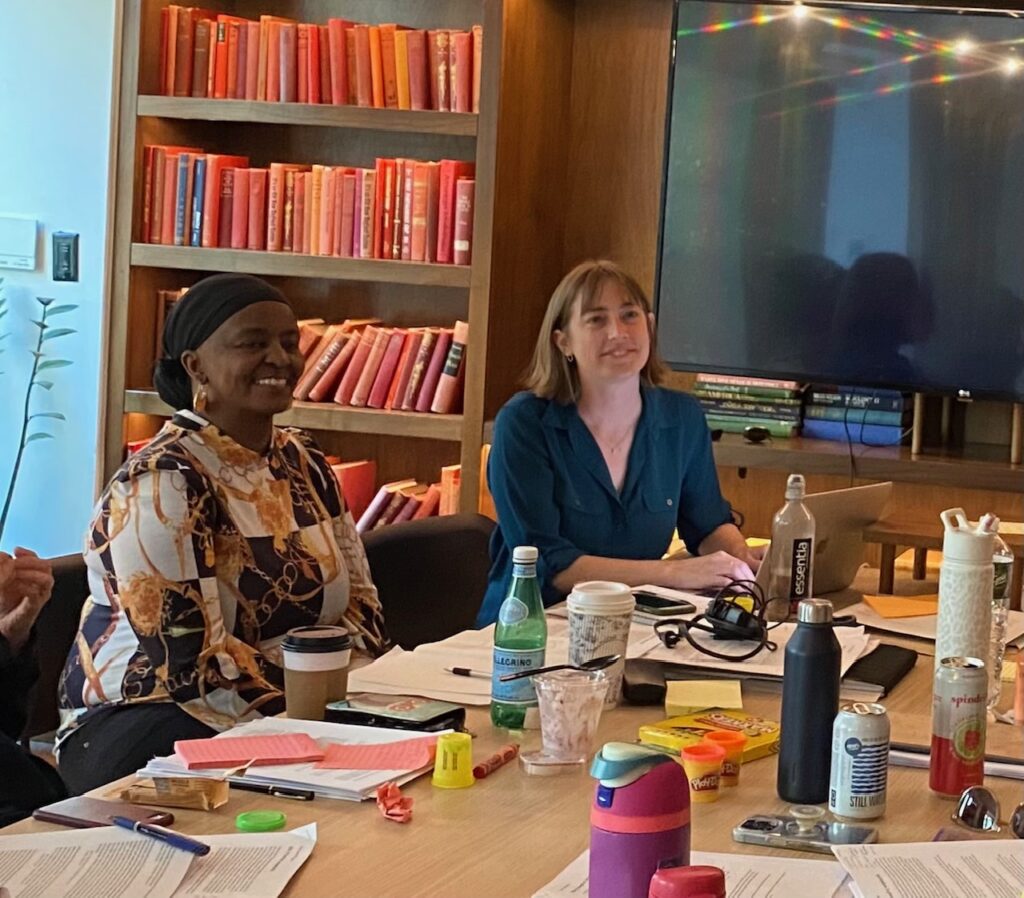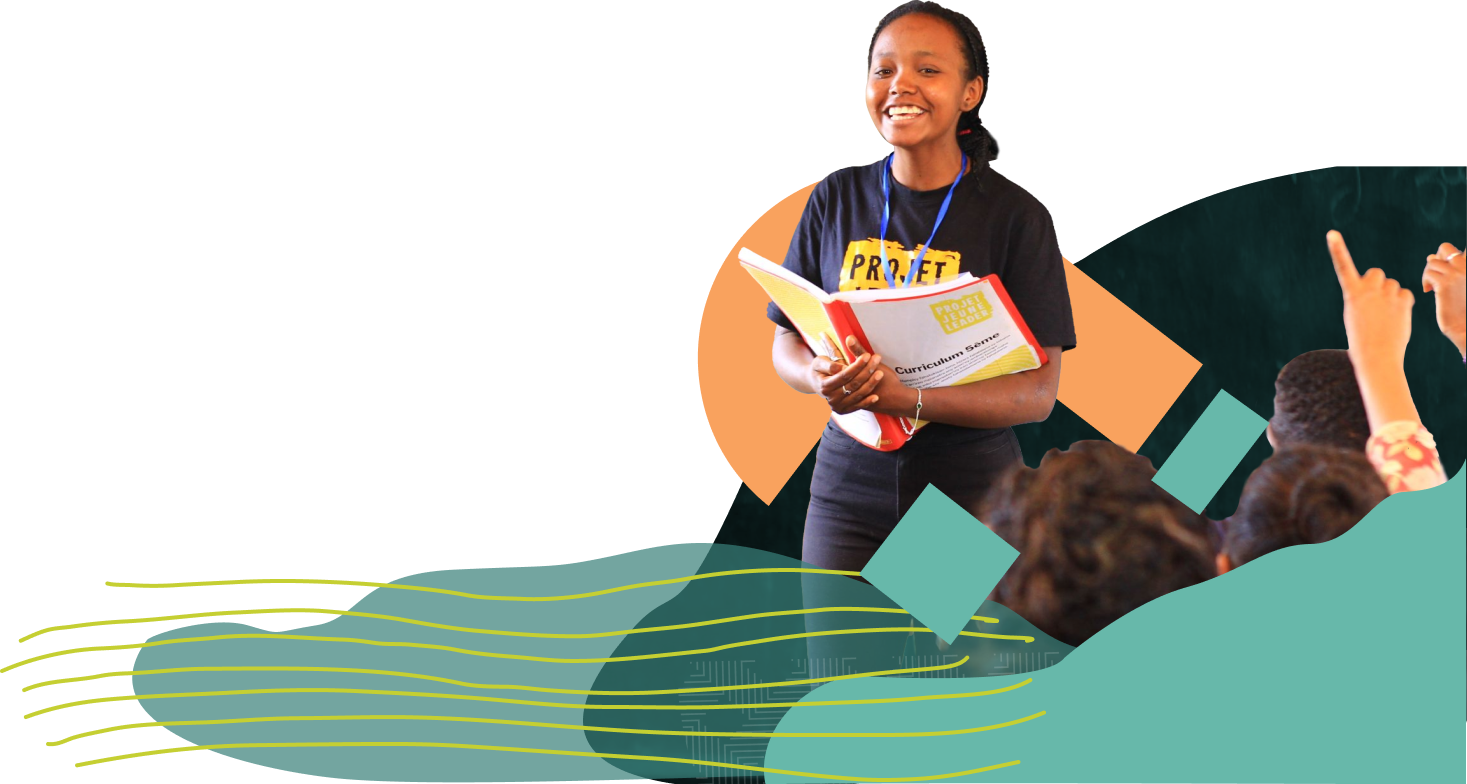The Power of Groups to Help Strong Girls Grow into Strong Women

Strong girls make strong women, and strong women have a greater chance at living healthy, empowered lives, full of opportunity for themselves and their families.
“We know that when girls rise, we all rise,” said Kirsten McCullers of the Girl Up campaign.
But what makes strong girls?
The question sparked a lively dialogue between hundreds of researchers and advocates who came together both in-person and online for a forum on: The Power of Groups: Effective Tools and Practices for Promoting Life Skills Among Girls.
The April 30 event at the International Center for Research on Women (ICRW), which was hosted by The Coalition for Adolescent Girls and co-sponsored by WomenStrong International, included remarks by leaders from GirlUp, Population Council, World Vision International, and WomenStrong’s India partner DHAN Foundation.
Speakers focused on proven approaches for working with groups of adolescent girls between the critical ages of 10 and 19, when girls are transitioning into adulthood.
According to UNICEF, countries have made progress in giving boys and girls equal opportunities in early childhood because of greater investments in keeping girls in primary school.
But that progress dwindles as girls grow older. As a result, many adolescent girls drop out of school to care for young siblings or elderly family members or perform household chores. Some are forced to earn income to boost family wages or are pressured to marry young and become mothers. The most vulnerable girls – including refugees and girls from the poorest families – are most at risk.
There is a special power in girls rising together.
Yet an increasing body of evidence shows that working thoughtfully and appropriately with girls in groups can be extremely effective in building the confidence, life skills, and resilience they will need to thrive. And with this evidence comes a moment of opportunity. Today, there is increased attention and investment in what works to empower girls and young women.
“This is a good time, the right time, to be gathering as a group, to talk about ensuring girls are able to grow up healthy, confident, equipped, and ready to face the world,” said WomenStrong Founder Susan Blaustein.
Which programs are most effective at equipping girls with the knowledge, self-confidence, and community support needed to grow into strong women?
According to Miriam Temin of the Population Council, there’s been a lack of rigorous evaluation of girls’ empowerment programs. As a result, “many organizations that deliver services to adolescent girls lack evidence-based guidance for programming,” she said.
The Population Council reviewed evidence on what works and developed its own guidelines for implementing girls’ programs. Their model addresses girls’ specific needs and risk factors such as social isolation or early marriage. It seeks to empower girls with “voice, choice, and control,” Temin said.
It’s an approach that Dr. Chisina Kapungu of ICRW also highlighted.
“To design effective programs, we first need to understand what the issues are that are affecting girls and then build a curriculum around the answers,” Dr. Kapungu said. She also emphasized the need to create safe spaces, “a place where girls feel physically and emotionally safe to learn and express themselves freely.”
What does this look like in practice?
Amy Collins of World Vision International, Julia Fan of WomenStrong, and Ahila Devi of DHAN Foundation shared examples of successful programs in action.
World Vision’s new Impact+ Club project model is geared toward service learning. It brings adolescents boys and girls together to plan and implement community service-learning projects to tackle problems they see all around them. The result? More engaged adolescents, who view themselves as part of an engaged citizen corps, promoting workable solutions.
Julia Fan described WomenStrong’s new Handbook, Strong Girls Make Strong Women: A Practical Handbook for Creating and Leading a Girls’ Club, a curriculum that compiles best practices recommended by WomenStrong partners in four countries. Common Girls’ Club elements promote self-esteem, interpersonal skills, sisterhood, community-building, and leadership.
Finally, Ahila Devi spoke about lessons she has learned through leading DHAN Foundation’s work with more than 11,000 girls in Madurai as part of EMPOWER: WomenStrong Madurai, where gaining parents’ trust has been one of the most important elements of a program’s success.
Fathers are often hesitant to let their girls join in an out-of-school club, Ms. Devi said, so DHAN focuses on something every parent wants: a healthy child. In India, where 80 percent of girls are anemic, DHAN’s programs focus on anemia as the entry point to get girls into clubs, after which club leaders can layer on additional reproductive health, life skills, and leadership lessons.
Successful programs share common elements.
Across all of the presentations, speakers emphasized some common elements that make girls’ group programs a success, as demonstrated by evolving evidence. This includes intentional grouping of girls, carefully trained mentors who are compensated for their participation, an explicit exploration of gender roles, and community buy-in.
“Through education, mentoring, friendship, and sisterhood, girls can begin to really feel free to voice their thoughts, feelings, and aspirations, to reach out to each other, to touch the lives of those around them,” Blaustein said.
As a result, “Girls can set themselves solidly on a path toward pursuing their dreams,” she said.




